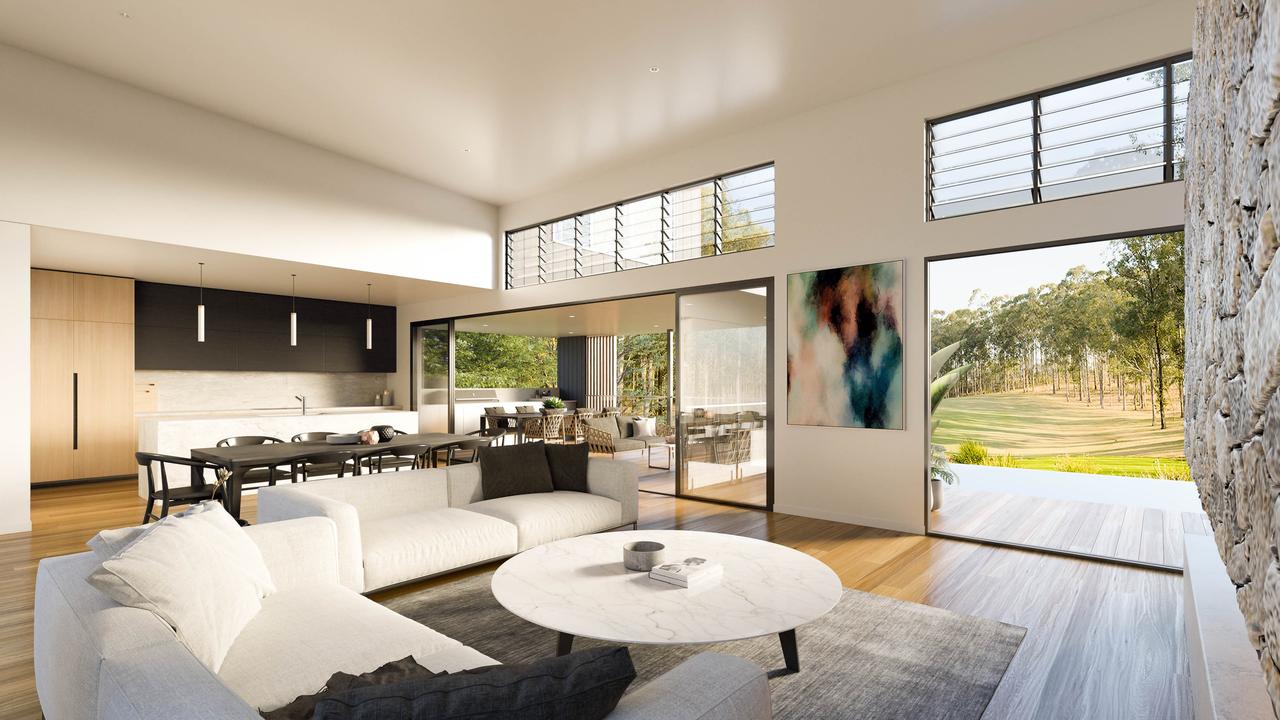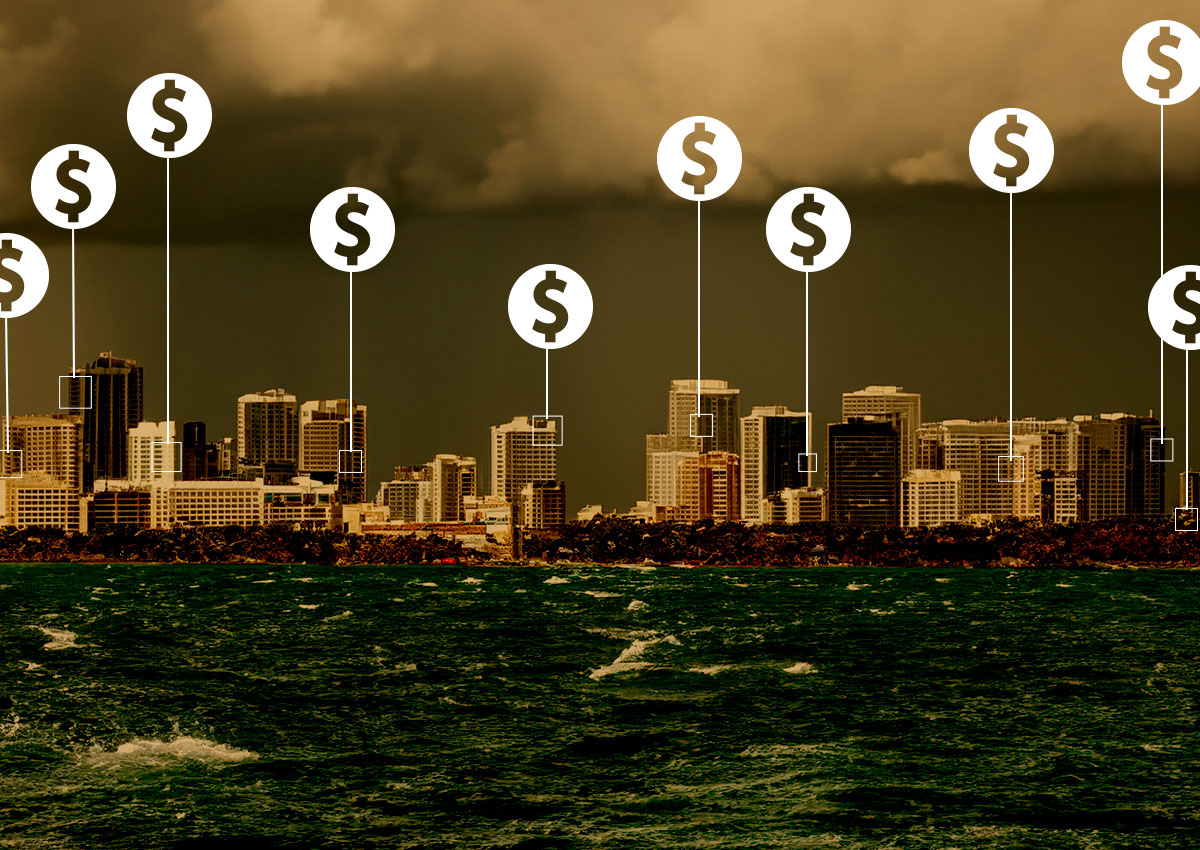Rents Just Set a New Record High, but There’s Also Good News

The wild rent hikes that landlords delighted in at the expense of their tenants appear to be tapering off.
The housing market slowdown has spilled over into the rental market, affecting how big of a bump many landlords are requesting. Rents, which hit another all-time high of $1,879 a month in July, rose just $3 a month from June in the 50 largest metropolitan areas, according to a recent Realtor.com® report.
And while they were up 12.3% in July compared with a year earlier, that’s down from a nearly 17% price spike seen in the spring. This was the smallest increase since August of last year. (Metros include the main city as well as the surrounding towns, suburbs, and smaller urban areas. This explains why rents within big-city downtowns may be substantially higher.)
The report was based on the apartments, condos, townhomes, and single-family homes listed for rent on Realtor.com® in July in the 50 largest metros. Only studios and one-bedroom and two-bedroom homes were included in the analysis.
“It’s important that renters understand that slowing rent growth is not the same thing as cheaper rent,” says Realtor.com Chief Economist Danielle Hale. “Landlords have eased up on the size of rent increases, but many renters are still feeling the pinch on their monthly budgets. Even as they juggled higher costs for food and groceries and transportation, [many say] rising rent and housing expenses is the biggest source of financial strain.”
Many renters are simply tapped out. Between soaring inflation, higher gas prices, and the stock and cryptocurrency markets taking a beating, they have less cash on hand to spend more on housing.
Meanwhile, over the past year, plenty of landlords have successfully made up for what they lost during the eviction moratorium and when many rentals were heavily discounted during the COVID-19 pandemic. So rent increases have slowed.
“I expect rent growth to continue slowing in the near term,” says Hale. However, renting is still cheaper than buying in many parts of the country. And as there aren’t enough homes for rent or sale to go around, prices will likely stay high until more units become available.
“We’ve seen builders pivot their attention to [putting up more apartments]. As these projects are completed, they should help the supply of homes for rent better meet demand … and relieve pressure on higher rents,” says Hale.
Where rents are rising the most
Renters in Miami continued to experience the biggest sticker shock. Landlords raised rents about 26.2% in July compared with just one year earlier. However, as painful as those increases were for Magic City residents, they were still far below the 51.6% jump in April.
Tenants in New York City, who are facing lines around the block during open houses and bidding wars, also felt the sting of significant rent hikes. Rents went up 25.4% in New York. Within the city itself, they were up 38.3% compared with a year earlier. In the burbs outside of New York City, rents grew by just 12.9%.
Rents also rose 24.8% in Boston, 20.6% in Chicago, and 20.4% in Orlando, FL.
“Miami continues to top the list with the highest rent growth, but it’s no longer in a league of its own,” says Hale. “Still, as rents in Miami have surged, its relative affordability has dwindled.”
Those living in the bigger cities saw higher rent hikes than those in the suburbs as workers return to offices, restaurants and bars reopen, and entertainment is once again in full swing. Rents jumped 12.8% year over year in cities and rose 11.7% in the burbs.
The price of studios, common in cities, is also going up more than one- and two-bedroom units as renters increasingly seek out more affordable options. Monthly studio prices rose 14.3%.
“I expect urban rent growth to exceed suburban rent growth,” says Hale. “This means that the premium renters have to pay to live downtown, in the middle of everything, is likely to go up.”
Unfortunately for cash-strapped renters, rental prices are up across the nation. The lowest increases were in Minneapolis, where rents grew by 3.3% in July. The Midwestern city was followed by Sacramento, CA, at 3.4%; Riverside, CA, at 4.2%; Phoenix, at 4.8%; and Buffalo, NY, at 6.3%.


